De Soto National Wildlife Refuge
Rate this placeLast Updated: December 28, 2025
De Soto National Wildlife Refuge is located in the state of Nebraska and is a popular destination for nature lovers.
°F
°F
mph
Wind
%
Humidity
Summary
The refuge covers an area of 8,362 acres and is home to a variety of wildlife, including migratory birds, deer, coyotes, and more.
There are several good reasons to visit De Soto National Wildlife Refuge. It offers visitors the opportunity to see rare and endangered species of birds, including bald eagles, sandhill cranes, and pelicans. The refuge also offers hiking trails, fishing spots, and scenic drives.
Some points of interest to see at De Soto National Wildlife Refuge include the Missouri River Overlook, the De Soto Lake, and the Visitor Center. The Visitor Center offers educational exhibits, videos, and interactive displays about the wildlife and habitats found in the refuge.
Interesting facts about the area include that it was once home to the Omaha, Ponca, and Otoe-Missouria tribes. Also, De Soto is the only place in the world where the endangered interior least tern and the endangered piping plover nest side-by-side.
The best time of year to visit De Soto National Wildlife Refuge is during the spring and fall, when migratory birds are passing through the area. From mid-March through early April, visitors can see thousands of snow geese and sandhill cranes as they stop to rest and feed on their journey north. In the fall, visitors can see the colorful foliage of the trees and enjoy cooler temperatures.
Overall, De Soto National Wildlife Refuge is an excellent destination for anyone interested in nature, wildlife, and outdoor activities. It offers visitors a unique and beautiful experience that can be enjoyed year-round.
Weather Forecast
Park & Land Designation Reference
Large protected natural areas managed by the federal government to preserve significant landscapes, ecosystems, and cultural resources; recreation is allowed but conservation is the priority.
State Park
Public natural or recreational areas managed by a state government, typically smaller than national parks and focused on regional natural features, recreation, and education.
Local Park
Community-level parks managed by cities or counties, emphasizing recreation, playgrounds, sports, and green space close to populated areas.
Wilderness Area
The highest level of land protection in the U.S.; designated areas where nature is left essentially untouched, with no roads, structures, or motorized access permitted.
National Recreation Area
Areas set aside primarily for outdoor recreation (boating, hiking, fishing), often around reservoirs, rivers, or scenic landscapes; may allow more development.
National Conservation Area (BLM)
BLM-managed areas with special ecological, cultural, or scientific value; more protection than typical BLM land but less strict than Wilderness Areas.
State Forest
State-managed forests focused on habitat, watershed, recreation, and sustainable timber harvest.
National Forest
Federally managed lands focused on multiple use—recreation, wildlife habitat, watershed protection, and resource extraction (like timber)—unlike the stricter protections of national parks.
Wilderness
A protected area set aside to conserve specific resources—such as wildlife, habitats, or scientific features—with regulations varying widely depending on the managing agency and purpose.
Bureau of Land Management (BLM) Land
Vast federal lands managed for mixed use—recreation, grazing, mining, conservation—with fewer restrictions than national parks or forests.
Related References
Area Campgrounds
| Location | Reservations | Toilets |
|---|---|---|
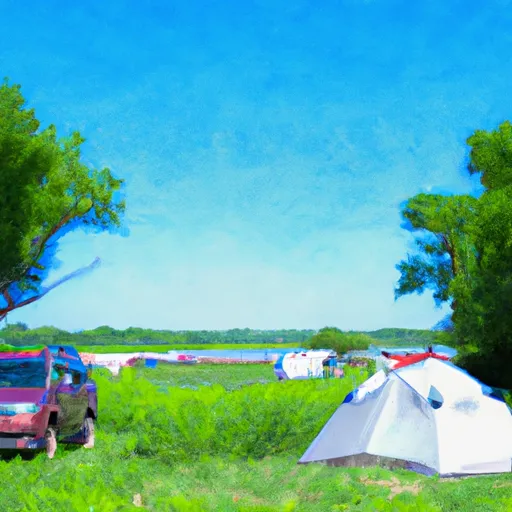 Wilson Island State Rec Area
Wilson Island State Rec Area
|
||
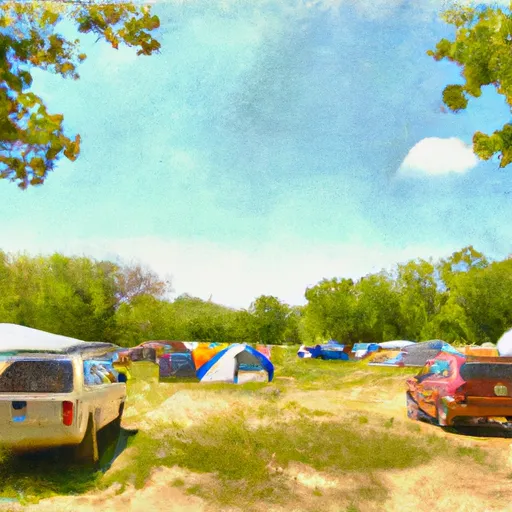 Missouri Valley City Park
Missouri Valley City Park
|
||
 N. P. Dodge Mem Park
N. P. Dodge Mem Park
|
||
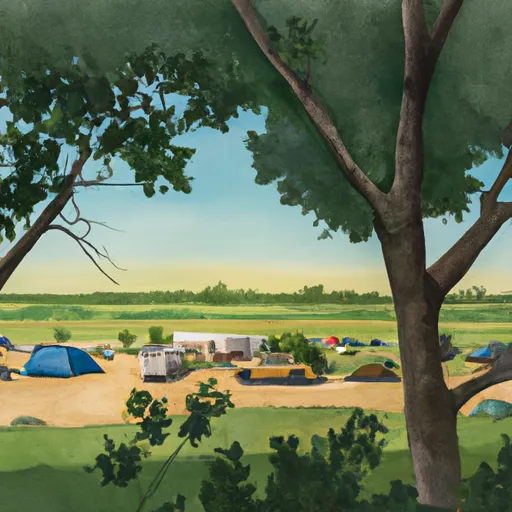 Hitchcock County Nature Center
Hitchcock County Nature Center
|
||
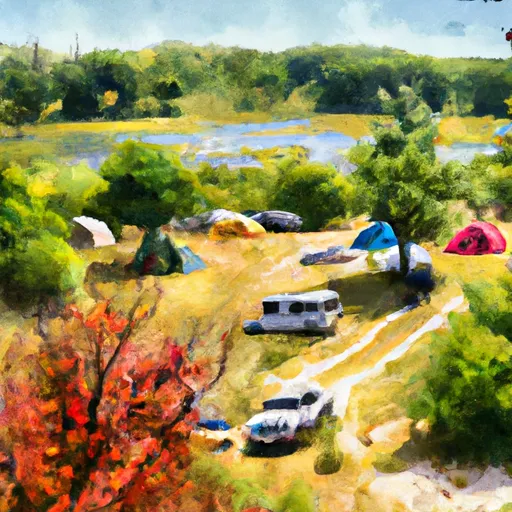 Glenn Cunningham Lake
Glenn Cunningham Lake
|
||
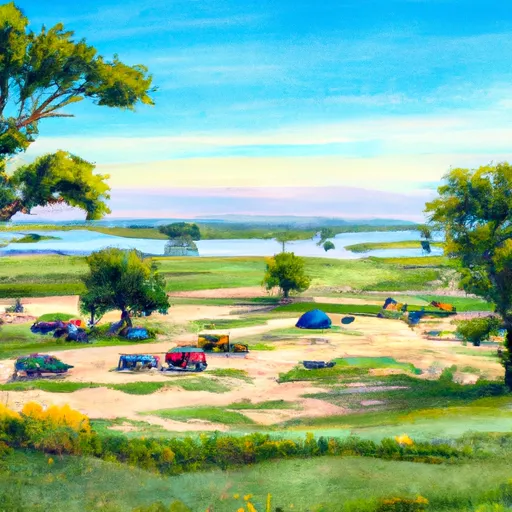 Lake Cunningham
Lake Cunningham
|

 Wilson Island State Park
Wilson Island State Park
 Fort Atkinson State Historical Park
Fort Atkinson State Historical Park
 Boyer Chute National Wildlife Refuge
Boyer Chute National Wildlife Refuge
 Hummel Park
Hummel Park
 N. P. Dodge Memorial Park
N. P. Dodge Memorial Park